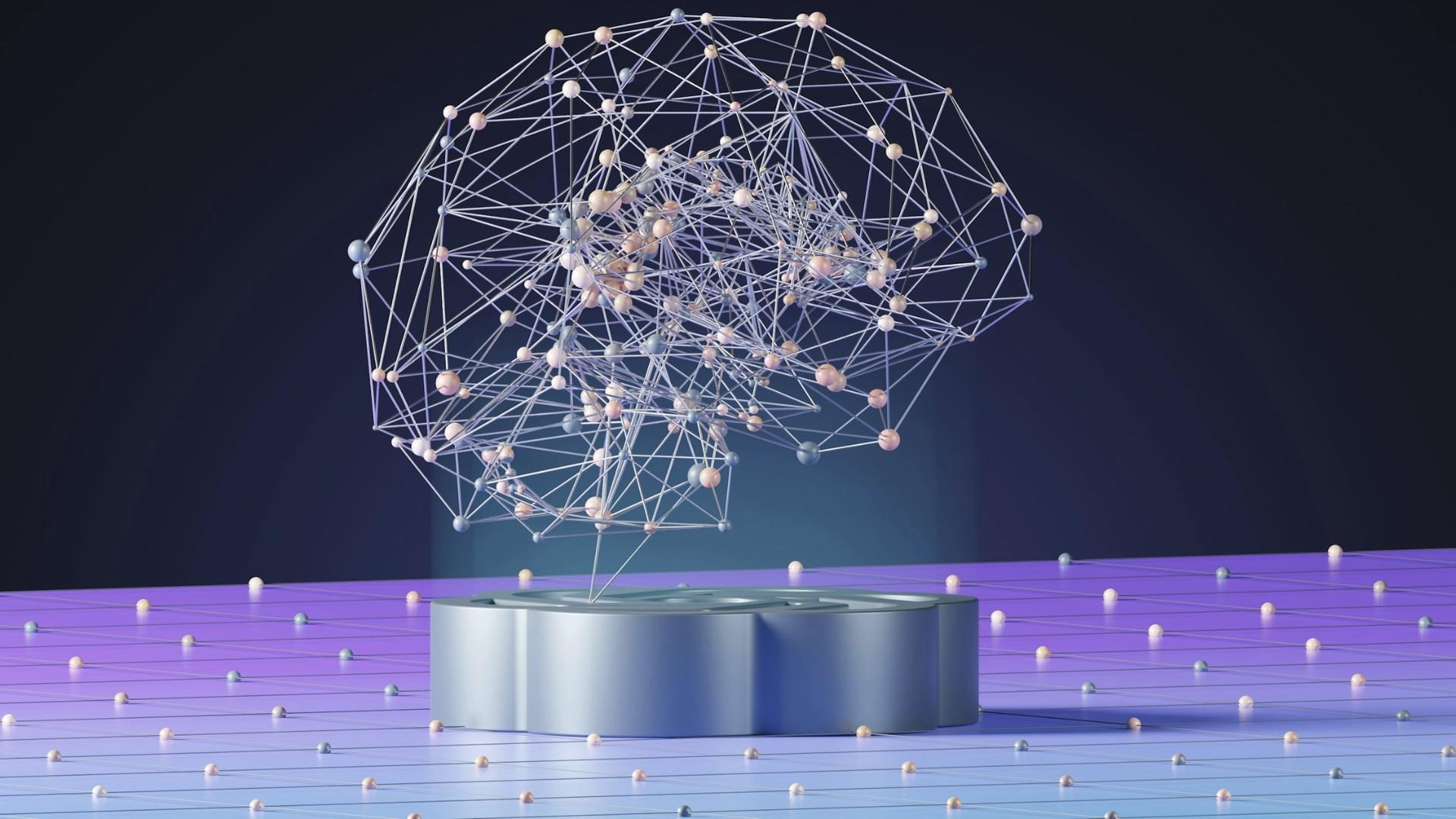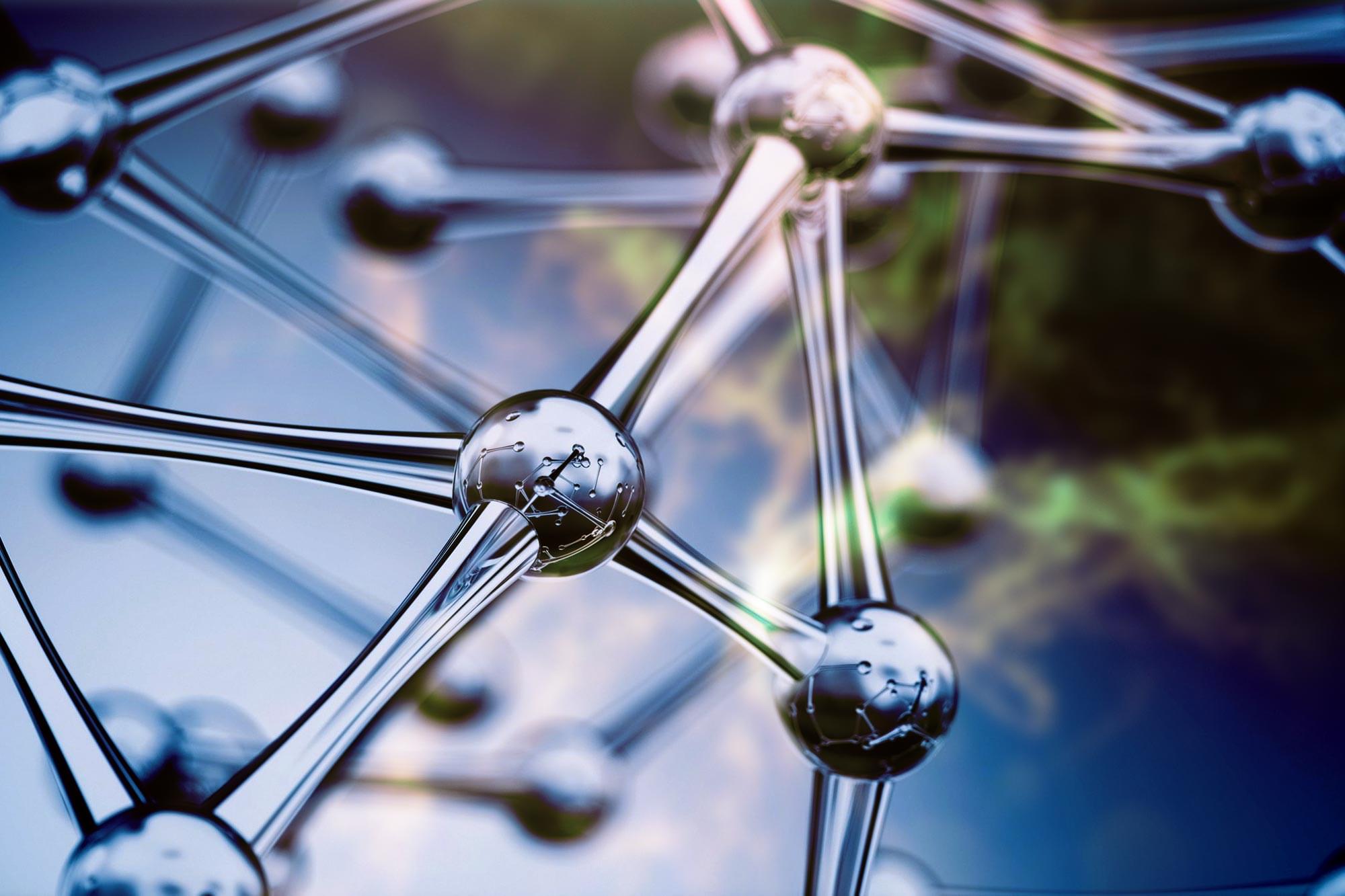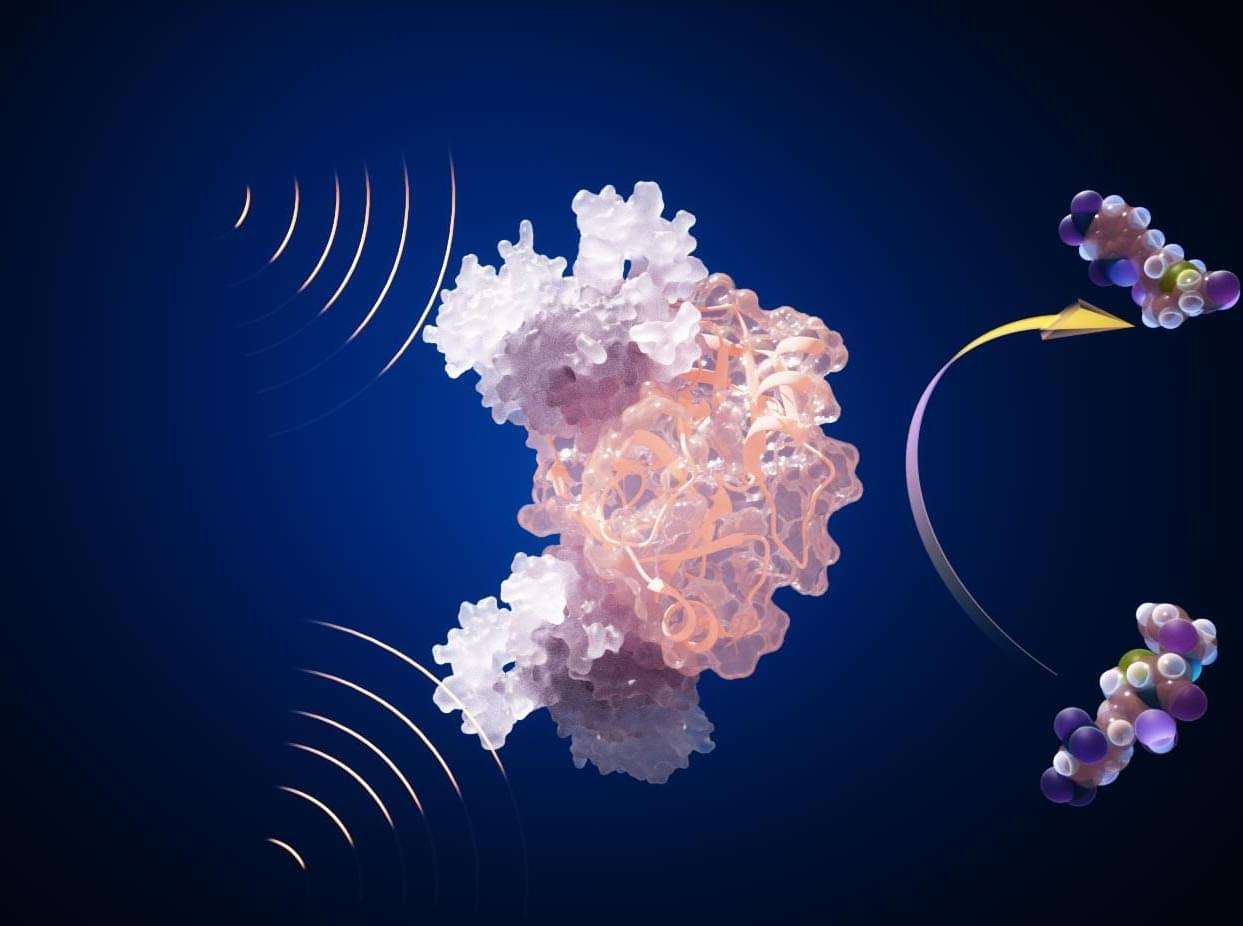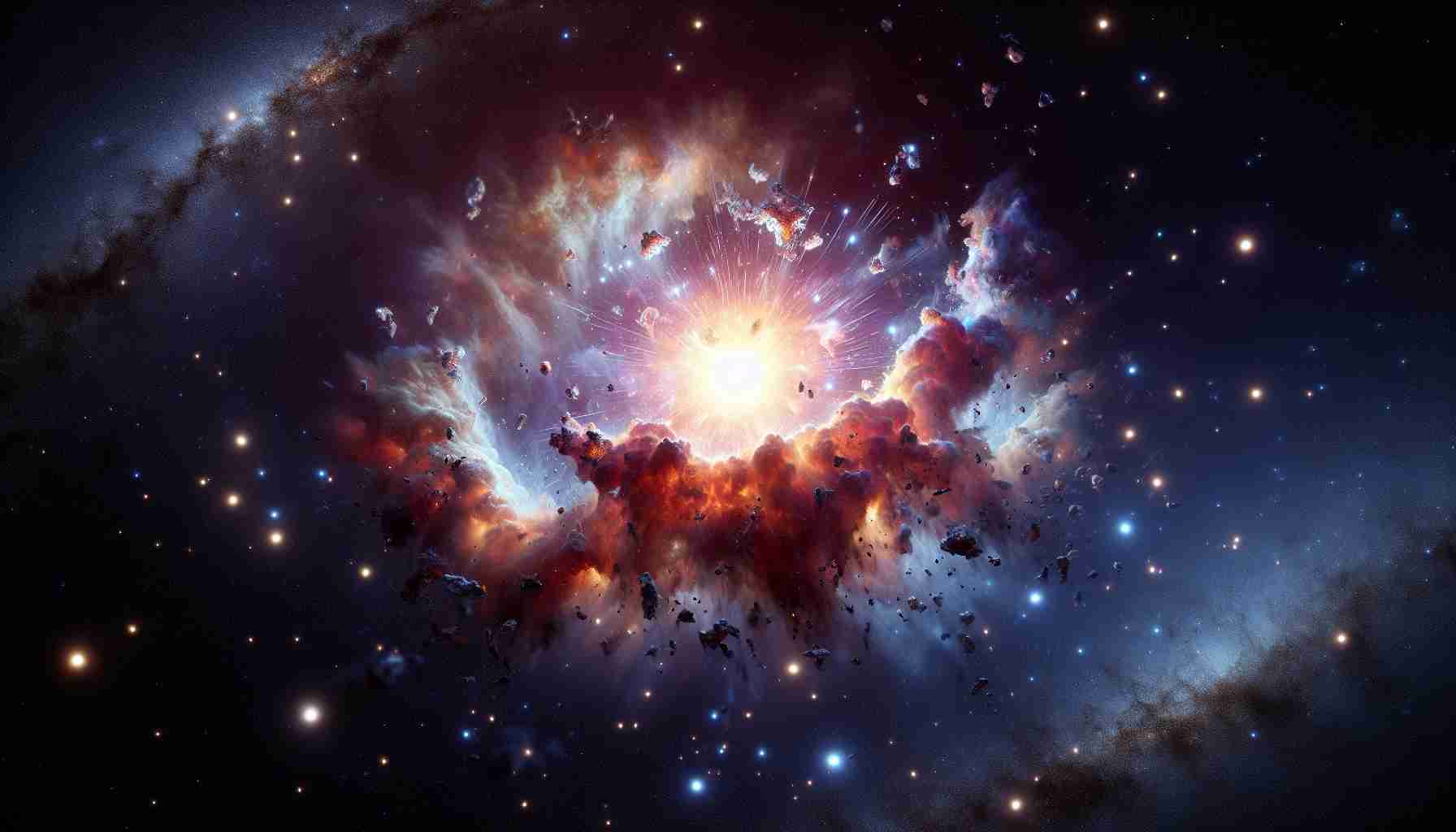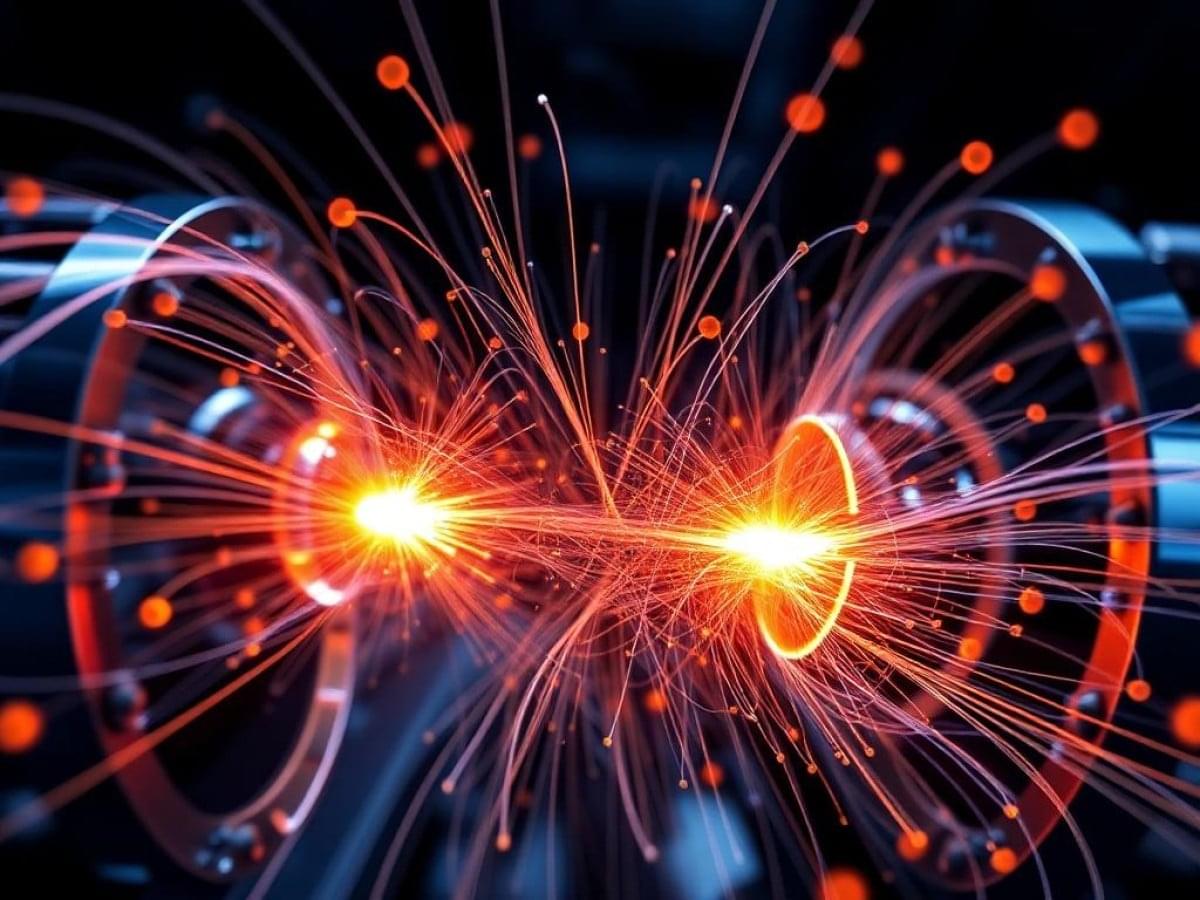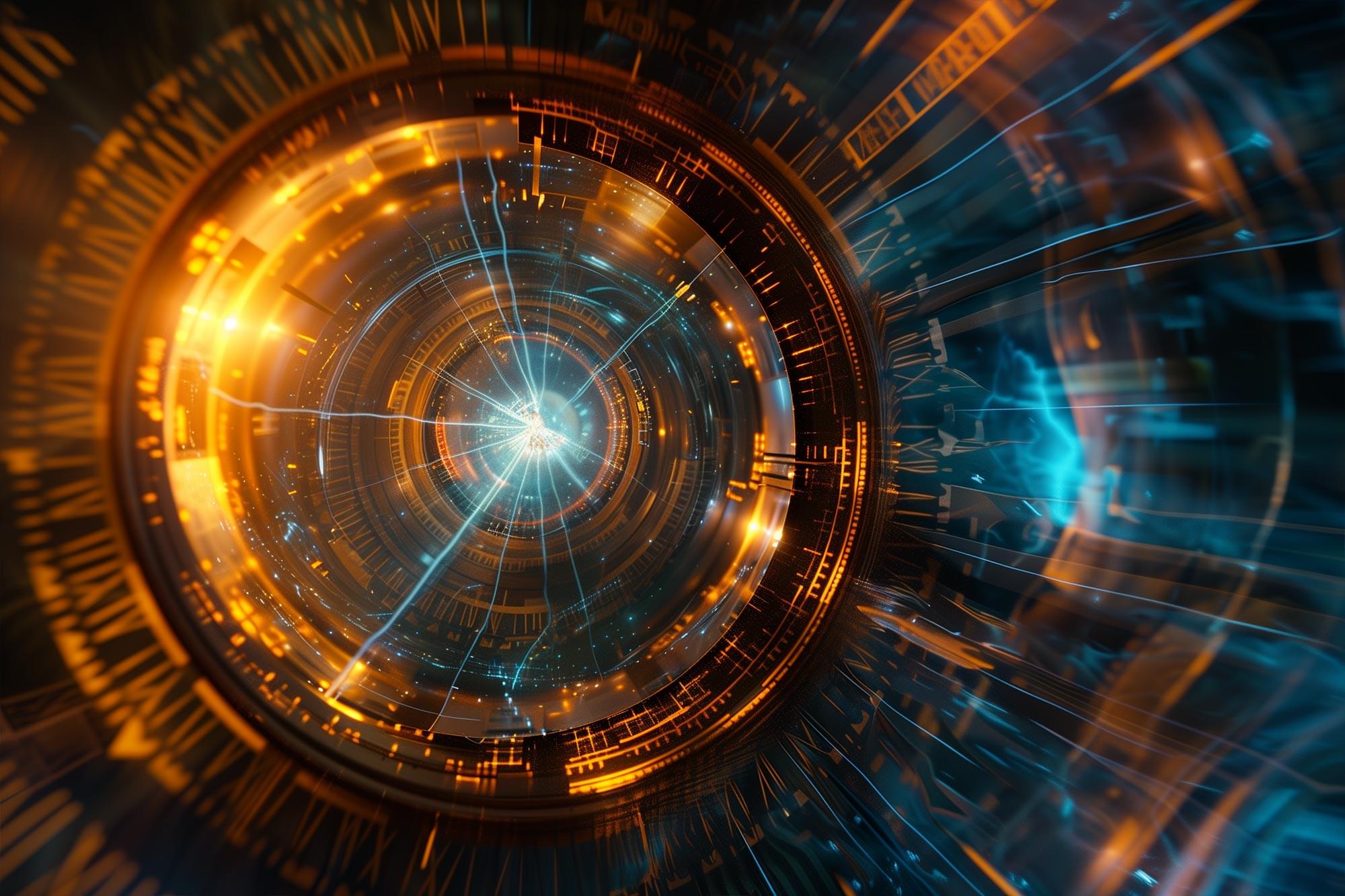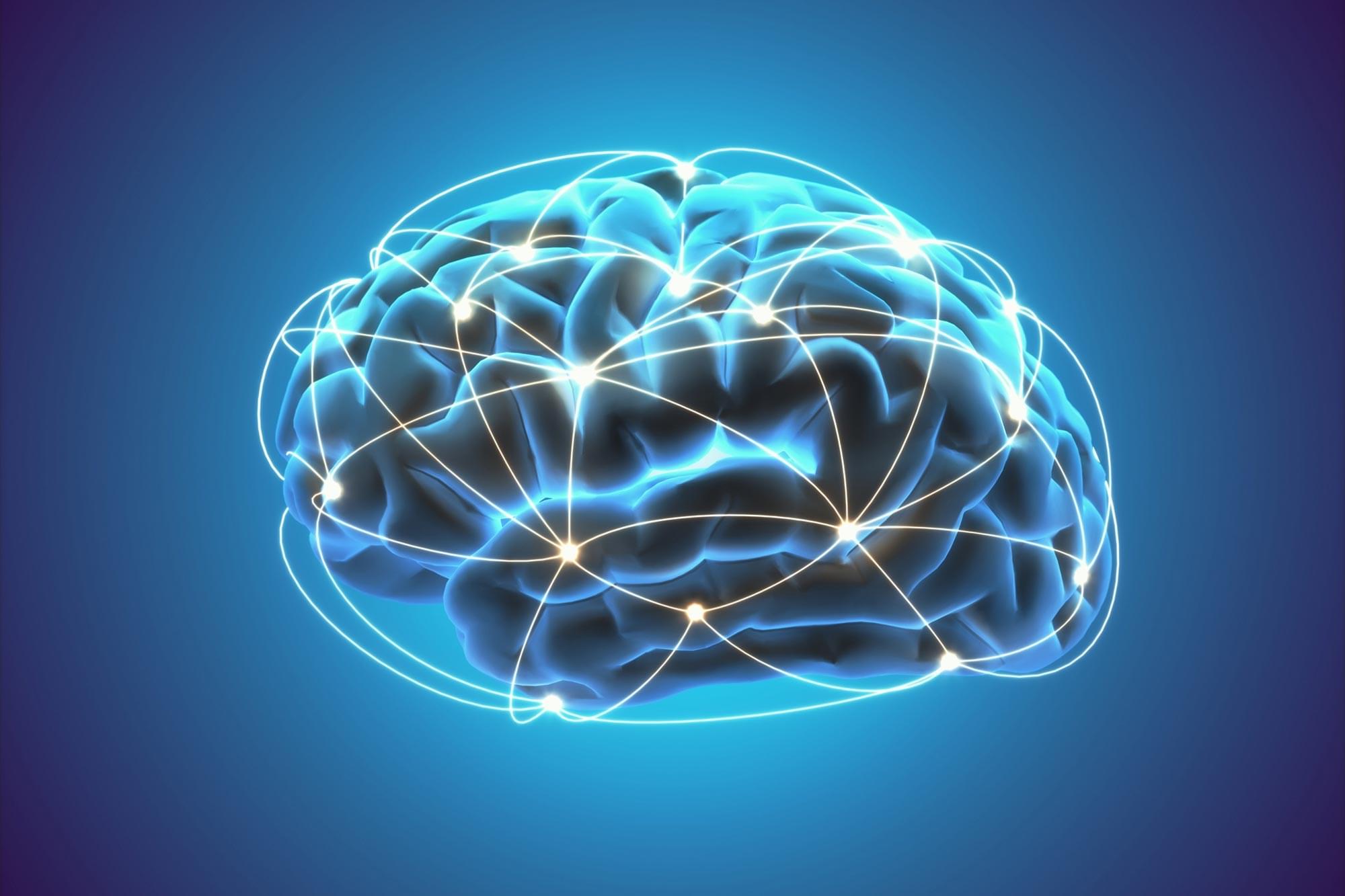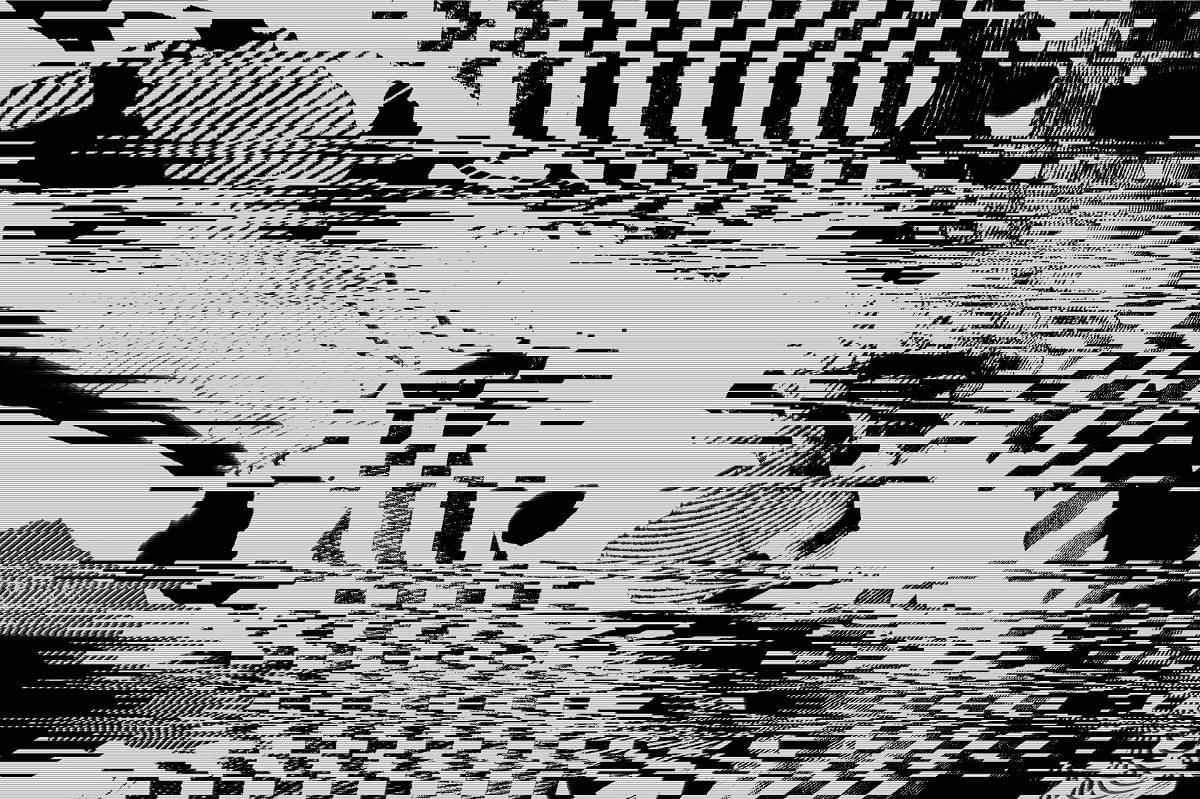When cancer is detected earlier, it can improve outcomes for patients. Liquid biopsies are one way to improve cancer detection; these tests can analyze DNA in blood samples, which can reveal the presence of tumors because of circulating tumor DNA (ctDNA). Usually, genetic sequencing is used to assess this DNA, but that usually only identifies some types of cancers. Scientists have now created a new blood test called TriOx, which can analyze ctDNA in multiple ways and detect six types of cancer. The work has been reported in Nature Communications.
Usually, the analysis of ctDNA only focuses on one feature of the genome such as small variations in the DNA sequence that can reveal cancer, but TriOx uses an advanced tool called whole-genome TAPS (TET-Assisted Pyridine Borane Sequencing), which was combined with machine learning. This technique can analyze genetic as well as epigenetic features of DNA, like methylation.
